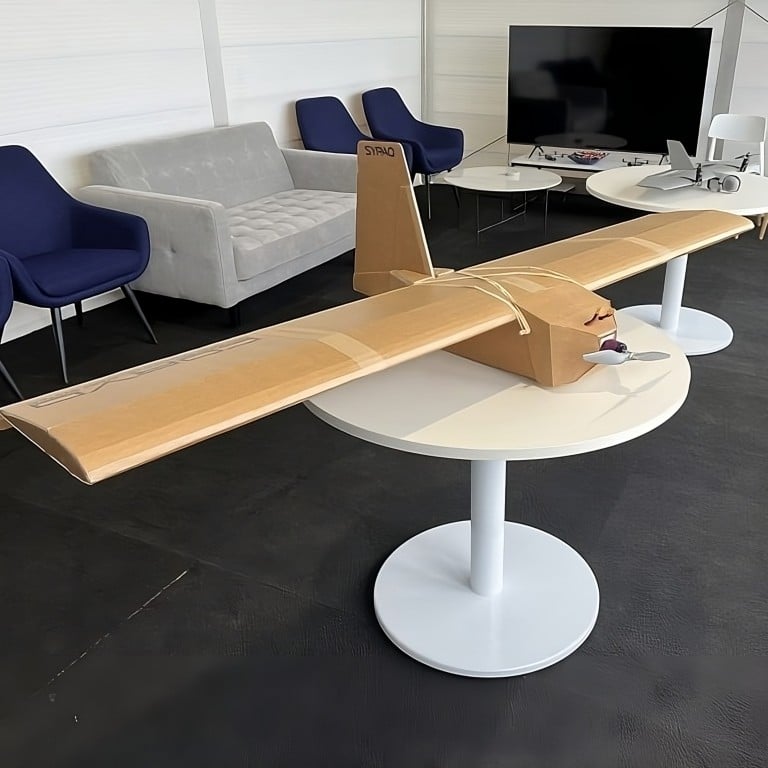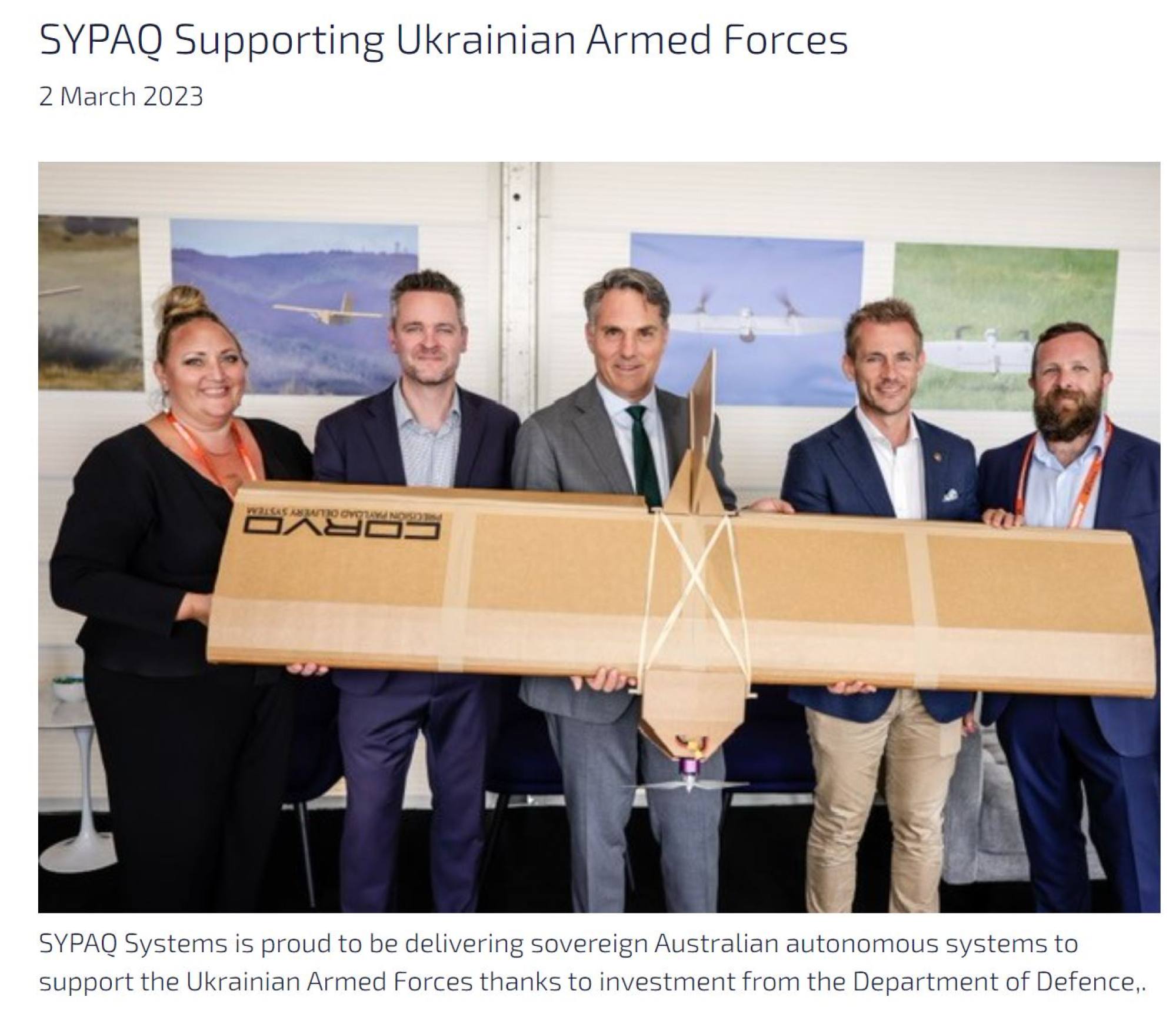
Ukraine says Australia’s ‘cardboard drones’ used in raid on Russian airfield
- The drones, which are actually made of a wax foamboard, come flat-packed and can fly up to 120km – putting Kursk just within Ukraine’s reach
- They were designed for reconnaissance or delivery rather than for carrying explosives. It’s unclear how exactly they would be used in an attack
As well as the planes, the drones damaged two Pantsir missile launchers and part of an S-300 air defence system, SBU told the outlet.

According to prominent pro-Russian Telegram account @fighterbomber, which closely follows the Russian air force, the attack was the first use of Australian-provided delivery drones made of cardboard.
The claim could not be independently confirmed, but on Tuesday Ukraine’s ambassador to Australia Vasyl Mryoshnychenko vouched for it, saying in a post on X: “Cardboard drones from Australia used in attack on Russian airfield”.
The claim is not as wild as it sounds. In March, Australian defence manufacturer SYPAQ announced it had secured a US$700,000 contract with the Australian government to produce its Corvo Precision Payload Delivery System drones for Ukraine.
The Corvo drones are described by SYPAQ as “the cardboard plane”, but per an earlier company press release they’re made from waxed foamboard. They come flat-packed and can fly up to 120km (75 miles) – putting Kursk just within reach of the borders of Ukraine.
They are designed for reconnaissance or delivery rather than for carrying explosives.
It’s unclear how exactly they would have been used as part of the latest attack. Per @fighterbomber’s claim, the attack combined explosive drones with empty ones, suggesting the Corvo’s lightweight construction would help the overall group evade radar.

Former Australian general Mick Ryan told The Age that it would be simple to adapt the Corvo to carry explosives. SYPAQ declined to comment to the paper on how the drones were used.
In a post about the drone attack, the Russian Defence Ministry’s description of the drones over Kursk said they were aircraft-style, which corresponds with the Corvo design.
The strike would be a cost-effective way to take out exorbitant Russian planes: a Su-30 is estimated to cost tens of millions of dollars to manufacture.
The Russian Defence Ministry made no mention of damage at the airfield, simply saying it had shot down two drones over Kursk and in Bryansk, around 240km (150 miles) away. Meanwhile, Kursk’s governor, Roman Starovoyt, said that a drone had damaged a flat block.
Explosions were caught on camera near Kursk railway station that night, Ukrainian outlet RBC reported.
The ambassador told The Sydney Morning Herald that the airfield is a “legitimate target” because Russia uses it as a base to launch attacks on Ukraine.

